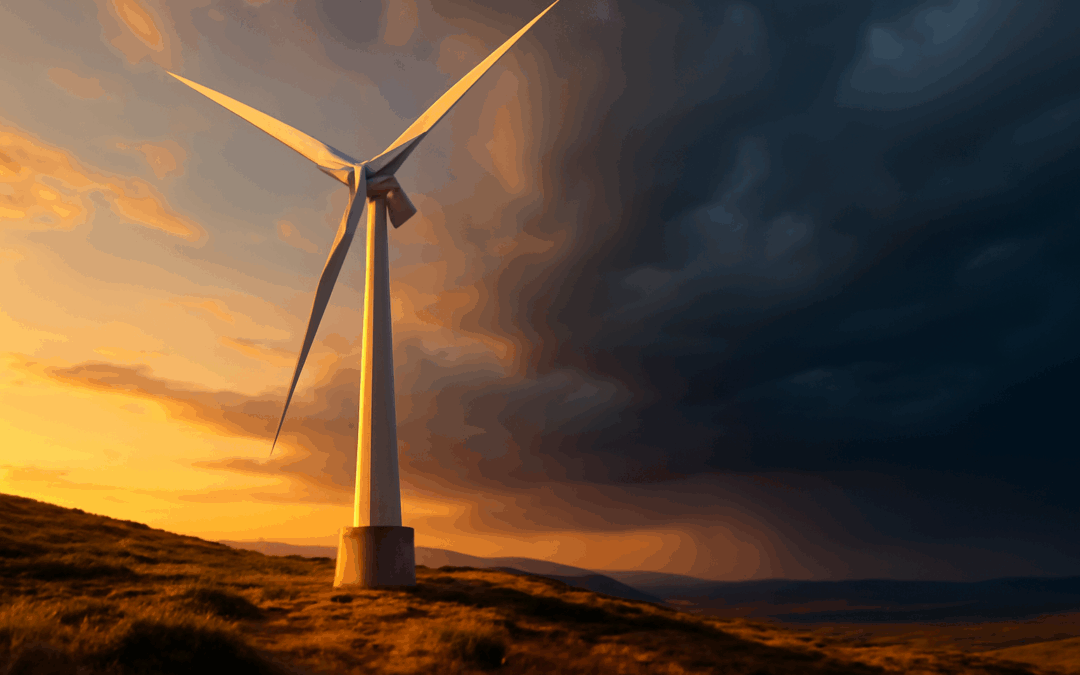The Spanish wind energy sector stands out for its consistency, adaptation, value chain vision, and competitiveness, making wind a leading technology in the energy mix, covering 23% of demand with nearly 32 GW installed and 276 manufacturing centers. The sector recently celebrated its Annual Horizon Eólico 2025 Congress, highlighting wind power’s crucial role.
Spain requires more wind power, and faster, with sustainable schemes benefiting everyone, preventing economic deterioration. This is a matter of national importance. The Congress emphasized several key points: a robust industrial value chain with over 270 centers facing future challenges, the need to install more than 5 GW annually to meet PNIEC targets (significantly higher than the 1,188 MW installed in 2024), and the critical issue of balancing the playing field between Europe, China, and the United States. According to Rocío Sicre, president of AEE, “Using technology made here, in Europe and in Spain. Wind power means strategically betting on an industrial and technological line that builds the ‘Marca España’“. Miguel Rodrigo, General Director of IDAE, highlighted progress in circular economy for wind, noting “we are constructing the first six wind turbine blade recycling plants in Spain“. Key challenges remain: slow demand evolution, installation pace, repowering, judicialization, the takeoff of offshore wind, and social acceptance.
Connecting the project to the Sustainable Development Goals, the expansion and strengthening of the wind sector directly contribute to SDG 7 (Affordable and Clean Energy) by providing a cost-effective and environmentally friendly energy source, enhancing energy security and self-sufficiency for Spain. Furthermore, it significantly impacts SDG 13 (Climate Action) by displacing fossil fuels, reducing greenhouse gas emissions, and combating climate change. The sector’s industrial value chain and rural integration initiatives, such as those seen in Soba (Cantabria), also support local economic development and sustainable communities.
The future of the wind sector hinges on overcoming administrative hurdles, implementing EU directives like the “Superior Public Interest,” and fostering collaboration among stakeholders. The discussion around the April 28th grid incident underscored the sector’s capacity to provide stability and security, demonstrating that wind power is not a source of instability, even at high penetration levels. Moving forward requires a balanced approach that ensures security, regulatory robustness, and territorial acceptance, paving the way for the necessary investments and acceleration of the energy transition.
Did you know we have courses related to this?
See GWO Basic Safety Training course
See GWO Basic Technical Training course
